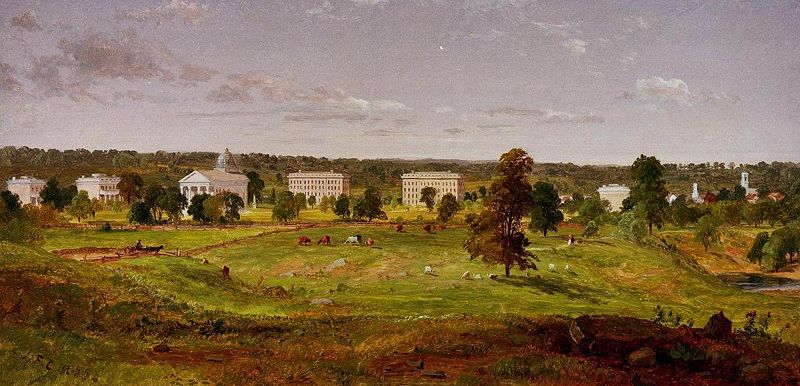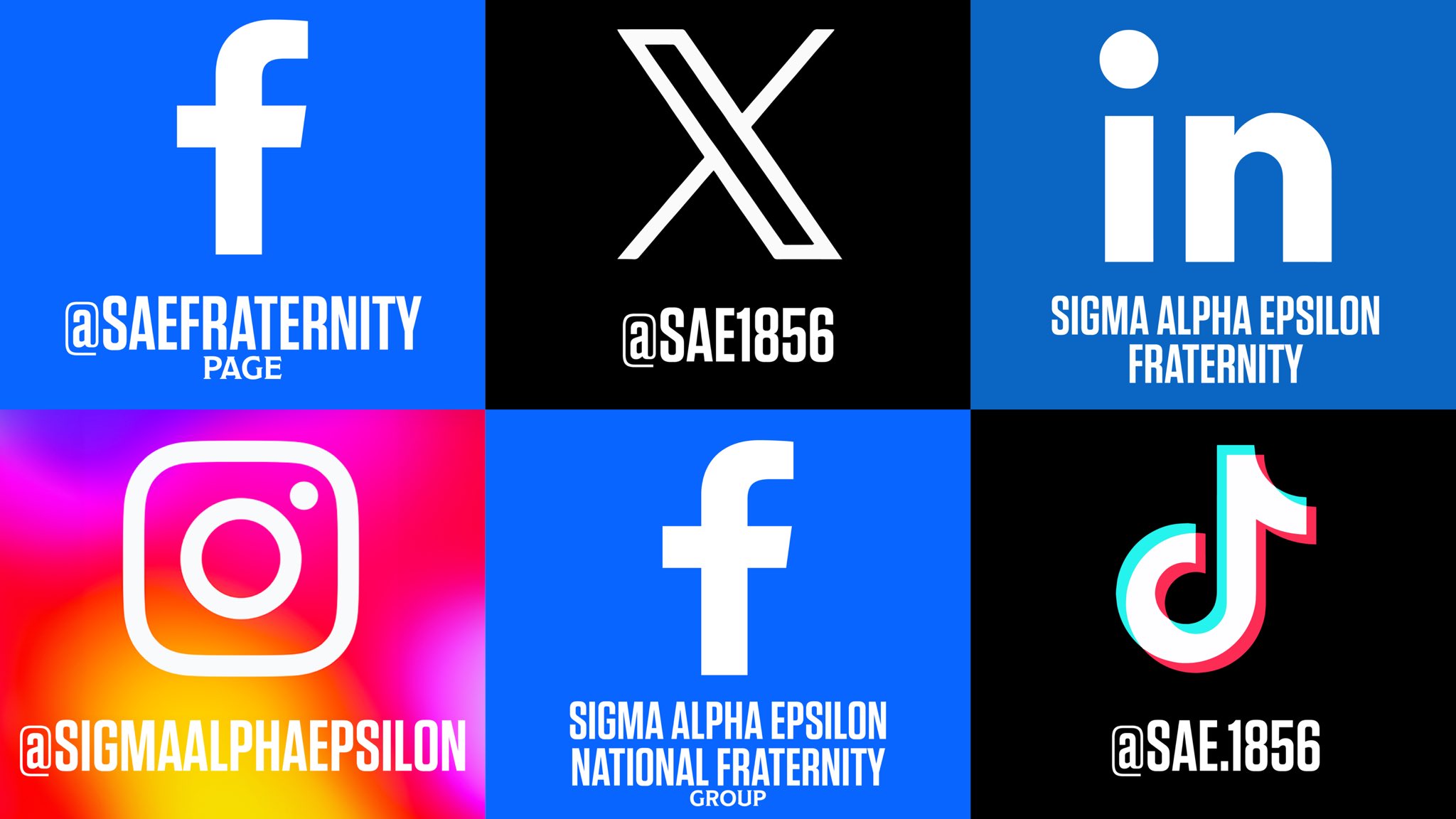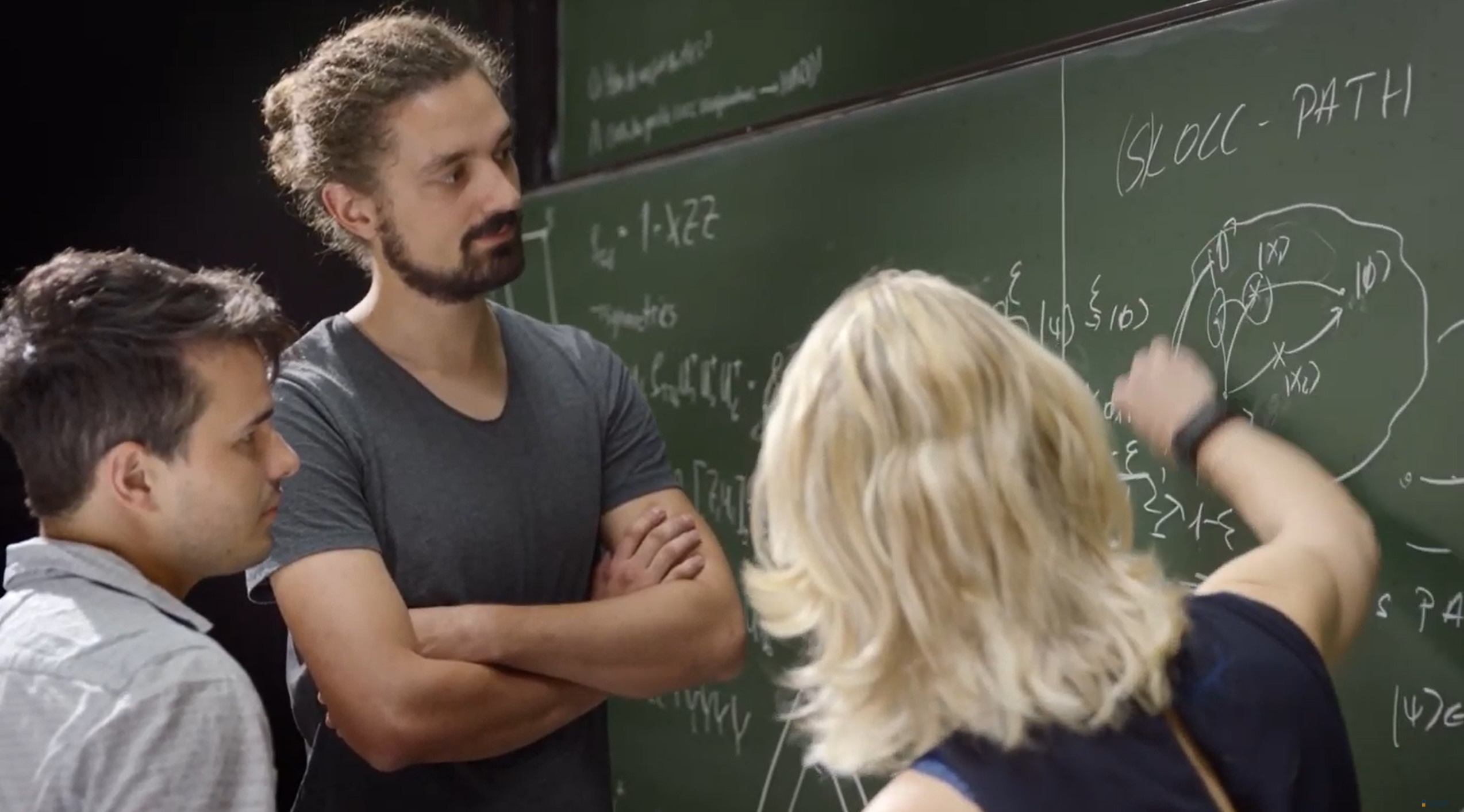
“On Holiday (Girl resting on the grass)” | 1879 Kuznetsov Nikolai Dmitrievich
During office hours today we pull together the results of over ten years of tracking the best practice literature for management of an feature of educational settlements, in any season. Grass and turf management on school and college campuses is crucial for several reasons:
- It enhances aesthetic appeal, creating a welcoming and attractive environment for students, faculty, and visitors.
- Well-maintained grounds support outdoor activities, sports, and events, promoting physical health and social interaction.
- Proper management also ensures safety by reducing hazards such as uneven surfaces or overgrown areas.
- Environmentally, it contributes to soil health, water management, and biodiversity.
- Maintaining the allure of green spaces reflects the institution’s commitment to sustainability and pride in its facilities, positively influencing prospective students and community perception.
Several trade associations are involved in campus lawn care and exterior environment management. These organizations provide resources, education, and networking opportunities for professionals in the field. Key associations include:
Professional Grounds Management Society – Focuses on grounds management in various settings, including educational institutions.
Sports Turf Managers Association – Dedicated to advancing the profession of sports field management.
National Association of Landscape Professionals – Represents landscape professionals and offers resources for lawn care and landscaping.
International Society of Arboriculture – Promotes the professional practice of arboriculture. (An ANSI accredited standards developer)
Golf Course Superintendents Association of America – Provides education and support for turf management professionals, including those managing campus golf courses.
American Society of Landscape Architects – Supports landscape architecture professionals, including those involved in campus planning and design.
At the usual hour today, use the login credentials at the upper right of our home page.

University of Michigan 1855
Related:
Bucolia 100
Irrigation Sprinkler Heads
Landscape Lighting
Landscape & Horticulture Services
Outdoor Power Equipment























